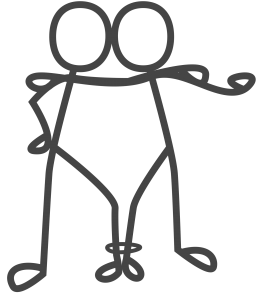 We try to design our workshops around 5 pillars:
We try to design our workshops around 5 pillars:
Get off on the right foot: Always include an attention-grabbing entry question that will get participants present, thinking and interacting. Could be on a board on the way in – thoughts on a card or a dot on a scale. Take time to discuss and reflect before you start the business of the day
Create a contract: The intended outcome (and specific output) of the workshop should be displayed prominently and referred to early in the session. Participants should be clear on why it matters and what success in the workshop will mean for the organisation, for their team and for them personally. What do they need from you as a facilitator to make this happen? How will they behave with each other? Have these conversations and record the key points
Agree the underlying theme & bring something to the party: As you design the workshop, reflect on the key underlying theme. You may be creating a team charter or a business plan, but what is the learning & development theme that underpins proceedings? Is it better listening? Is it working more collaboratively? Agree the theme with the main client sponsor and come with something to share that will inject insight and energy in to the day. It could be a relevant TED talk or a model. If appropriate, consider including an experiential activity. Transfer the learning in to the context of the session – “How does this help us today?”
Coach the context givers – It is likely that some participants will need to share information with the group – figures, plans, reports, reviews etc. Make it your business to engage with them in advance of the session. Try to avoid long Powerpoint presentations that kill the energy in the room. How best can they put across their message? Pre-reads? Creative ideas? Exhibition style?
Open and closed modes – Create the agenda around questions that start open and expansive and then focus on specifics and action. The early stages should be open questions with an emphasis on creativity and generative listening and thinking. There should then be a clear change of clear at a key point in the day in to closed mode, with a focus on reaching alignment and clear next steps. The last hour should be devoted to harvesting actions and next steps.
